The Container Ship Tourism Industry
 Container ships preparing to leave Algeciras, Spain. (Photo: Alex Proimos/WikiCommons CC BY 2.0)
Container ships preparing to leave Algeciras, Spain. (Photo: Alex Proimos/WikiCommons CC BY 2.0)
Robert Rieffel was strolling with his wife and friends along River Street in Savannah, Georgia, a touristy corridor filled with trinket shops and restaurants, when he suddenly heard “this big brooooooooooo,” he says, imitating the sound of a ship’s horn. An enormous cargo ship was sailing up the river, one of many that travel international routes delivering everything from kitty litter to cars to clothes in massive stacks of metal shipping containers. Rieffel was captivated.
After returning home to Florida, he began researching freighter ships and quickly discovered that many take a few passengers, in addition to crew, on their circular routes. He was spending a couple of hours every day reading about freighter travel and watching dramatic YouTube videos of ships being battered in storms, of which there are many. He decided he wanted to do it. His wife, Karen, probably wanted to have him “institutionalized,” he surmises. But, eventually, she came around. In June, 2013, he and Karen returned to Savannah, breakfasted at a Waffle House, and then ascended the gangplank of a freighter to undertake a 28-day voyage across the Atlantic and back.
Freighters frown on stowaways, but there is one way for civilians to hitch a ride on these massive ships—becoming a paying guest. And there is whole (albeit small) industry around freighter travel, complete with freight travel agents.
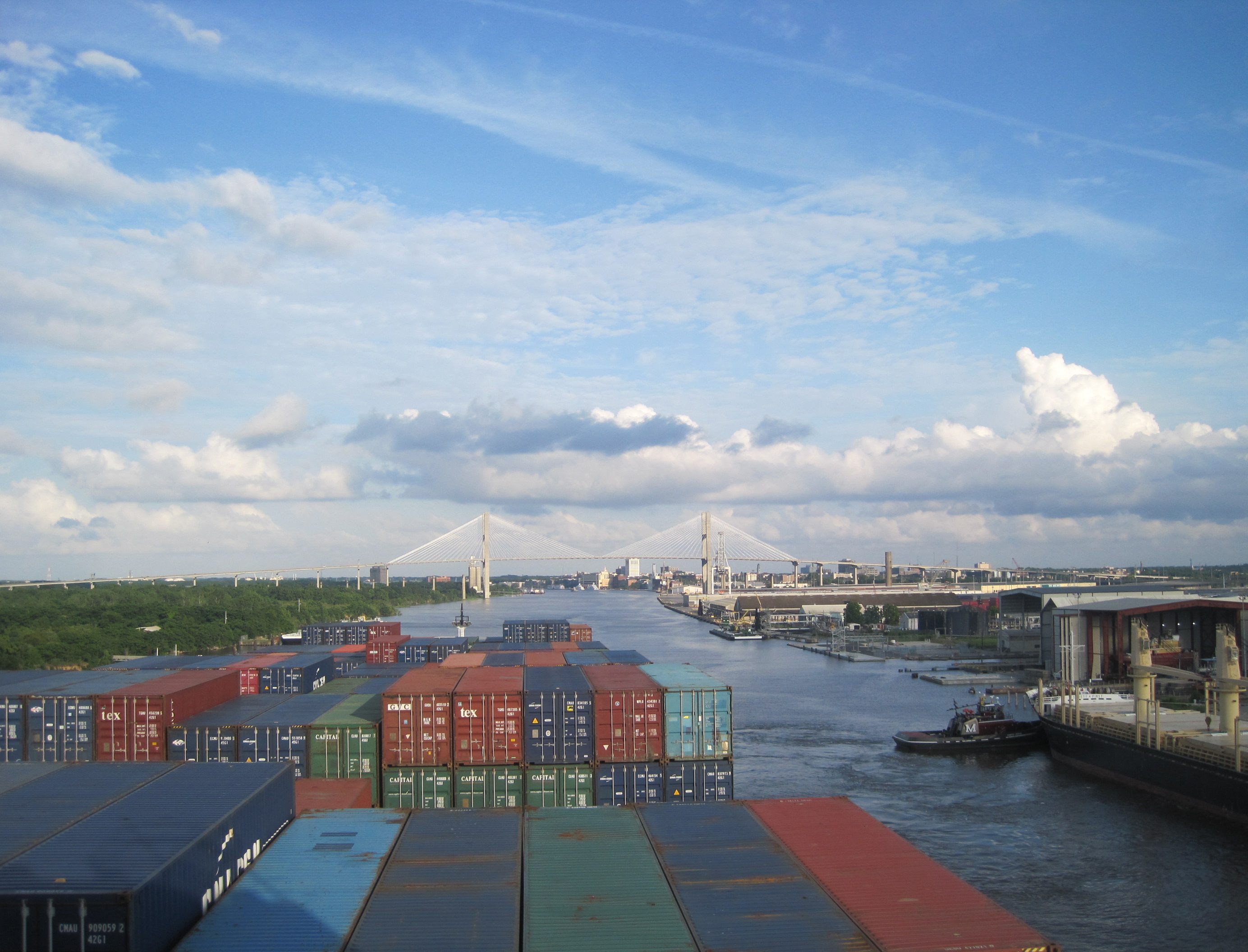 The view from the G deck of a container ship leaving Savannah, Georgia. (Photo: Robert Rieffel)
The view from the G deck of a container ship leaving Savannah, Georgia. (Photo: Robert Rieffel)
Julie Richards is such a person. She has been sending people like Rieffel on freighter trips for about twenty years. She’s the head of freighter expeditions at the Australian travel agency, Freighter Expeditions. There are several companies and agents around the world that deal specifically with such travel. She books between 100 and 200 trips a year, and her offerings change as the shipping routes change. Ships departing Australia often make their way to Asia, the United States or Europe. Ships sailing from the west coast of the United States head to China or Hong Kong, while those from the East Coast or Savannah frequently sail to Europe. Trips may last just a few days, although some travelers sign on for 60 days or even around-the-world journeys. Meals are provided, rooms are cleaned once a week and passengers do their own laundry. Once in port, travelers can go ashore to explore; it’s their own responsibility to make it back to the ship in time for departure. Richards says most of her clients are single men, and the typical cost is about $120 a day. Taking on passengers is not a major money-maker for freighters.
“Over the years,” says Richards, “I’ve come to the conclusion that they like to have the general public on board to give the officers and crew companionship during their long days at sea.”
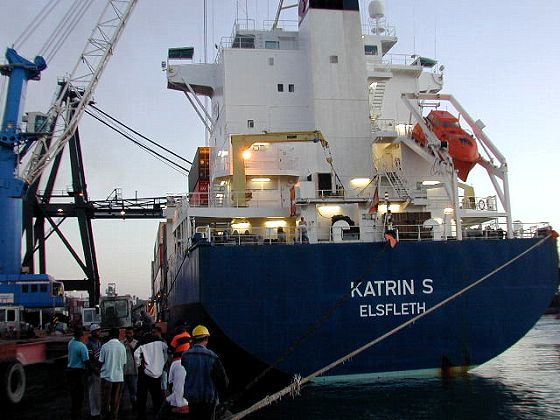 The ship Judd Spittler travelled on, the Katrin S, in port at Rio Haina. (Photo: Judd Spittler)
The ship Judd Spittler travelled on, the Katrin S, in port at Rio Haina. (Photo: Judd Spittler)
At any given time, the civilian population on a freighter that carries passengers is small; they typically accommodate between 4 and 12 travelers. Freighter travel is not luxurious—but it is not as utilitarian as one would suspect. Passengers stay in cabins, often with separate bedrooms and lounges and private bathrooms. Some even have art on the walls. Rieffel’s two-room suite included a bathroom and sitting room outfitted with chairs and sofas, a television (which only picked up a signal in port), a small refrigerator and “more cabinets than you need.”
When Rieffel, a retired math teacher, talks about container ship travel, he likes to call it a “voyage,” not a cruise.
“You’re not going to be entertained, there’s no dancing girls, there’s no magician, no comedian, none of that,” he says.
But modest offerings are available: many ships have swimming pools, gyms, saunas and lounges with TVs and DVDs and games such as ping pong. But freighter travel is best suited to the adventurer who can entertain herself.
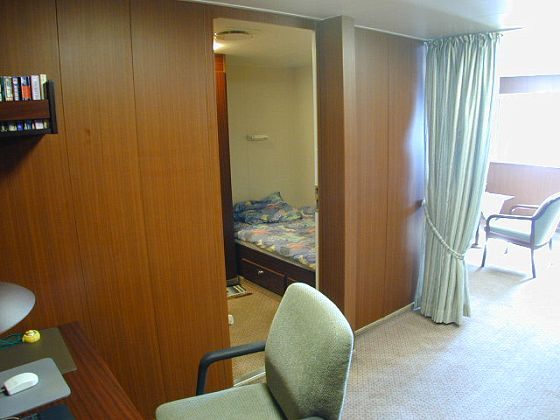 A cabin on the Katrin S. (Photo: Judd Spittler)
A cabin on the Katrin S. (Photo: Judd Spittler)
Judd Spittler, an engineer from California, came to know the long, unfettered days of cargo ship cruising well during a two-week trip in 1999 that departed from Miami and stopped in the Dominican Republic and Venezuela. Like Rieffel, he had long been fascinated by maritime travel. The life of men at sea was a “mystery” he wanted to solve. He is blunt about his experience: “There were times that I was bored,” he says.
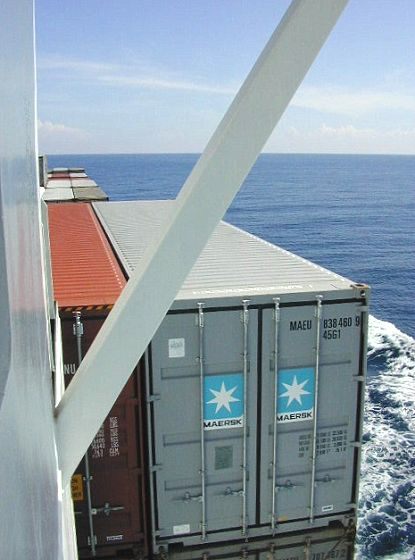 The view from the cabin window on the Katrin S. (Photo: Judd Spittler)
The view from the cabin window on the Katrin S. (Photo: Judd Spittler)
But despite that, Spittler says he would never trade in the experience. He spent his days reading, taking photographs and circumnavigating the deck. Fascinated by machinery, he explored as much of the ship as he could access and often hung out on the bridge while the officers went about their work. One night, in Venezuela, he disembarked with the crew and went to a karaoke club. He chronicled his trip on his website, Freighter Bum. (Freighter travel memoirs are a bit of a niche genre; an Amazon search pulls up several tomes. Rieffel chronicled his trip in the book Twenty-Eight Days on the High Seas: A Freighter Travel Log.)
Rieffel worked Sudoku puzzles, read and wrote. His wife did needlepoint. They hosted happy hours in their cabin for their fellow passengers. For exercise they strolled the deck, dwarfed by the big, rectangular shipping containers and always dressed in neon yellow hardhats and vests that were required attire for open air constitutionals. As for those dramatic videos Rieffel had watched before boarding the freighter—his passage was much more calm.
“One time some stuff slid across the counter in the bathroom and rolled into the sink,” he says. “That was as rough as it got.”
The ocean was vast; they went days without spying other vessels. Once they thought they had spotted a sailboat, but couldn’t be quite sure: “All we could see were some little lights, very faint lights.”
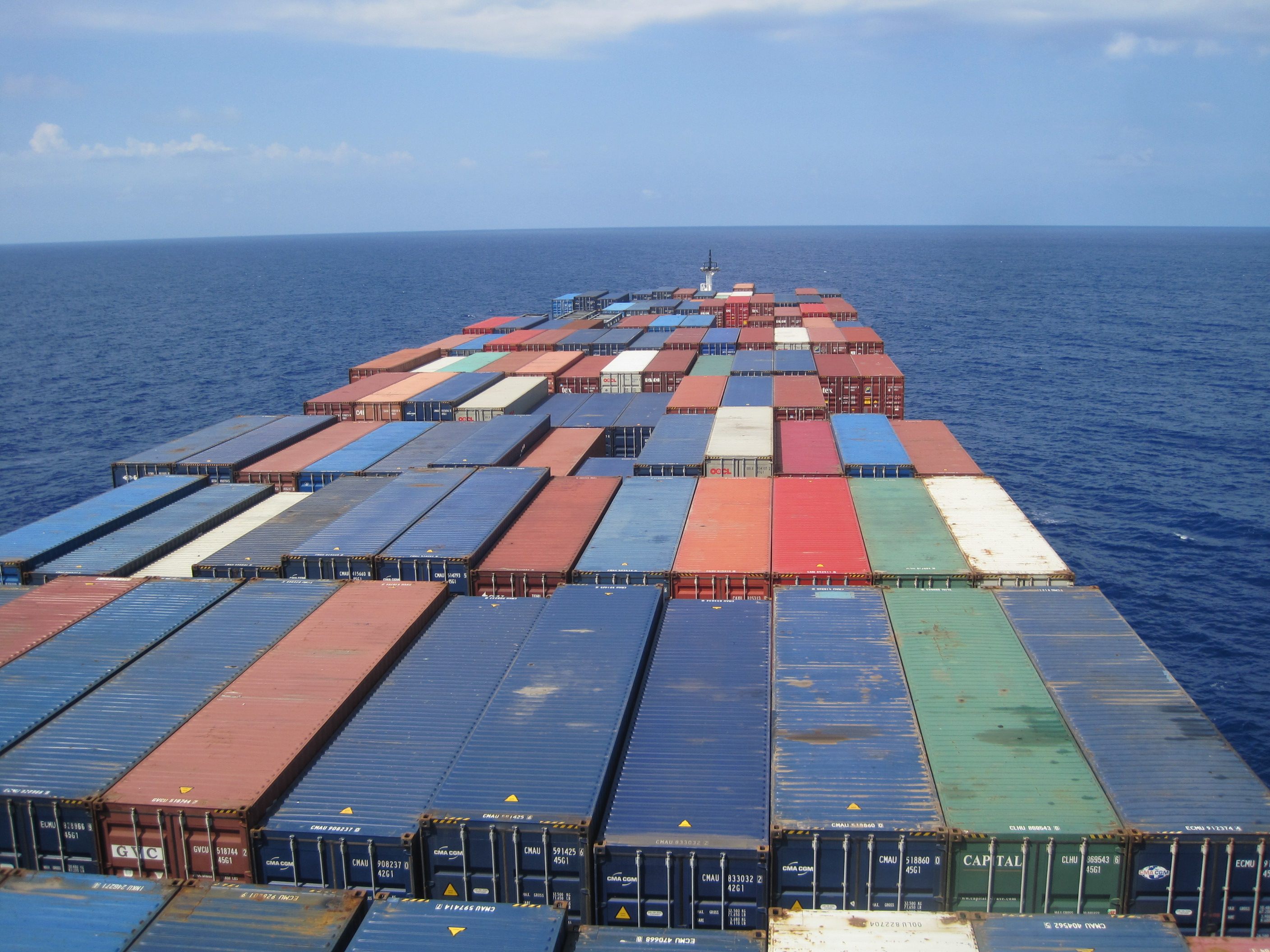 Looking forward over the tops of the containers, from the porthole in Robert Rieffel’s cabin. (Photo: Robert Rieffel)
Looking forward over the tops of the containers, from the porthole in Robert Rieffel’s cabin. (Photo: Robert Rieffel)
One of the big differences between conventional cruises and freighters is the food. Passengers dine with the officers, and the cuisine is often dictated by the officers’ country of origin. Every day the Rieffels were offered a traditional European breakfast of sliced cheese, hard bread, butter and marmalade favored by the mostly Ukrainian officers. There was juice and coffee, eggs and bacon. One day, Rieffel writes in his book, dinner consisted of “salad, soup, beef tips in gravy, potatoes, green beans, a potato salad with calamari, cheese, cold cuts, bread, butter, wine cake and coffee.” Spittler’s German and European officers had a proclivity for hearty meals like pot roast. Alcohol, candy bars and other treats can usually be procured from duty-free shops. Spittler stocked up on Bacardi rum and Teacher’s scotch, parlaying his leftovers into a party for the crew towards the end of his voyage.
Spittler hasn’t been on a cargo cruise since that first venture. He would consider another journey, he says, but now some of the tantalizing mystery has been eroded. Rieffel is already planning his next trip and has picked his destination: the Mediterranean.
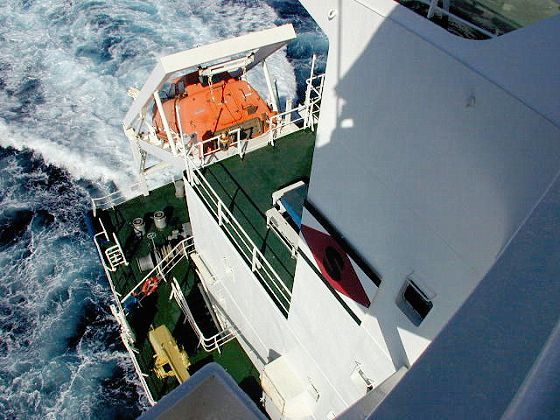 The view from the bridge deck of the Katrin S. (Photo: Judd Spittler)
The view from the bridge deck of the Katrin S. (Photo: Judd Spittler)
Rieffel says he had done so much research prior to embarking on his 2013 journey that little surprised him once onboard. But even months of research didn’t diminish the wonder he felt when he finally arrived at the gangplank and confronted a “wall of painted steel”.
“I’ve never been to a disco and don’t have a desire to go to one,” says Rieffel. “There was one every night when we went [on a cruise to] Alaska, but that’s not my cup of tea. If someone says they’ll give you the cruise of your choice anywhere, anytime, I’ll take the container ship.”

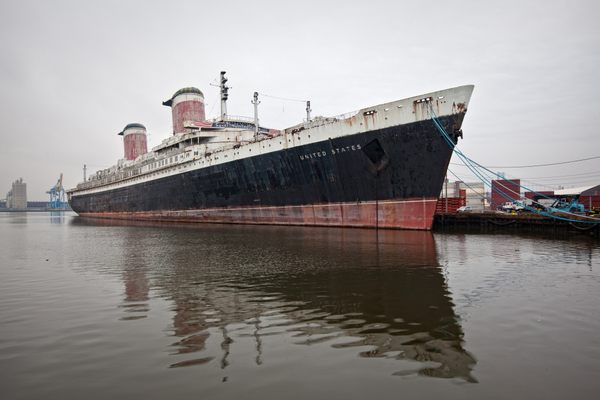

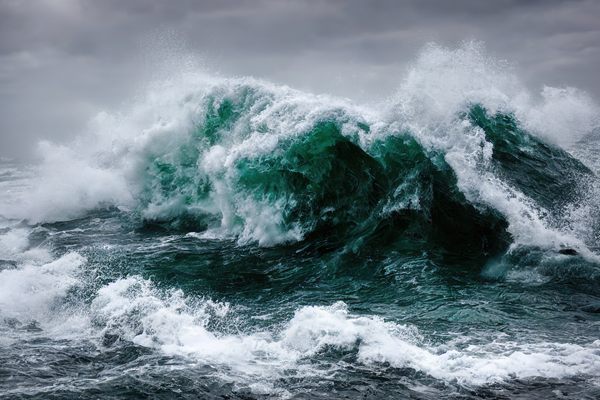






Follow us on Twitter to get the latest on the world's hidden wonders.
Like us on Facebook to get the latest on the world's hidden wonders.
Follow us on Twitter Like us on Facebook